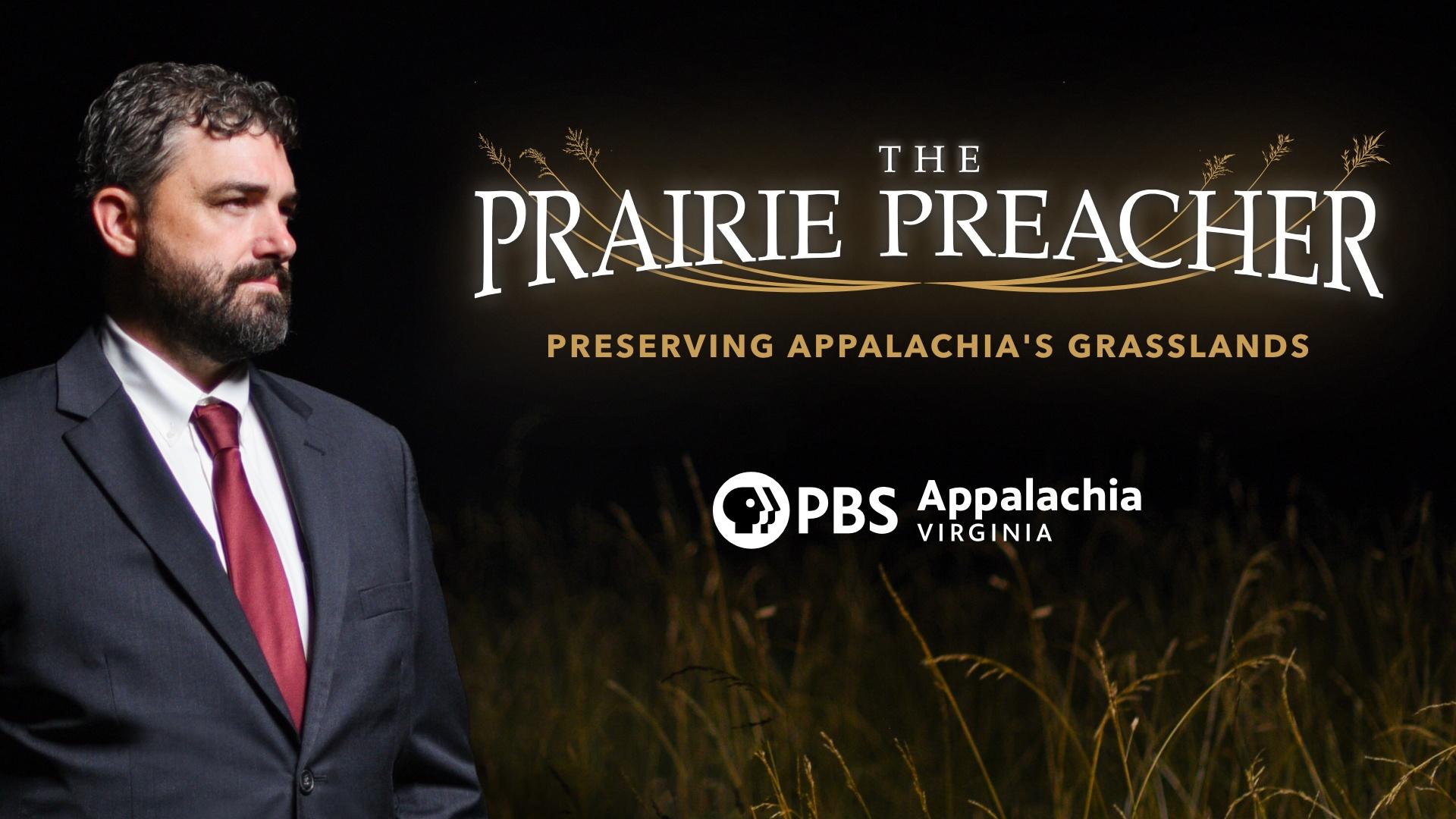
Education Plan for interview segments from the “The Prairie Preacher” Grasslands documentary
To access the individual educational video segments: Click Here
In addition to the fully edited The Prairie Preacher documentary on southern grasslands, PBS Appalachia has created a series of videos that feature two of the experts from the film talking at length about key concepts of grassland science that will be useful for teachers of Science in Grades 8-12.
These interviews can help students understand key concepts of biodiversity, climate change, carbon sequestration, and the consequences of human activity on the landscape.
Next Generation Science Standards (NGSS)
The Next Generation Science Standards (NGSS) provide a comprehensive framework for science education in the United States. For grades 8-12, several performance expectations align with the concepts of ecosystems, biodiversity, and interdependence.
Here are some key performance expectations:
High School: Ecosystems: Interactions, Energy, and Dynamics (HS-LS2)
- HS-LS2-3: Construct and use models to illustrate the hierarchical organization of interacting systems within ecosystems.
- HS-LS2-4: Use evidence to evaluate the claims that changes in populations affect ecosystem dynamics.
- HS-LS2-5: Develop a model to illustrate the role of photosynthesis and cellular respiration in the cycling of carbon among the biosphere, atmosphere, hydrosphere, and geosphere.
- HS-LS2-6: Analyze data that illustrate the distribution of organisms in terms of habitat and food requirements, including energy sources.
- HS-LS2-7: Design, evaluate, and refine a solution for reducing the impact of human activities on the environment, including biodiversity.
High School: Biological Evolution: Unity and Diversity (HS-LS4)
- HS-LS4-2: Develop models to illustrate the hierarchical organization of living systems.
- HS-LS4-5: Evaluate the evidence supporting claims about the relationship between groups of organisms.
Virginia Standards of Learning for Biology, Earth Science, and Chemistry:
Biology SOLs (Grades 9-12)
- BIO.1: The student will investigate and understand that living organisms are composed of cells, which are complex systems with unifying characteristics.
- Grasslands can be used as an example of diverse ecosystems and the organisms that inhabit them.
- BIO.3: The student will investigate and understand how organisms interact with each other and their environment.
- Grasslands provide excellent opportunities to study food webs, energy flow, and adaptations.
- BIO.4: The student will investigate and understand genetic mechanisms and their impact on organisms.
- Grassland ecosystems can be used to explore genetic diversity and adaptations.
Earth and Environmental Science SOLs (Grades 8-12)
- ES.7: The student will investigate and understand how human activities have impacted the environment.
- The impact of agriculture, urbanization, and climate change on grasslands can be explored.
- ES.8: The student will investigate and understand the relationships among organisms and their environment.
- Grasslands can be used as a case study for exploring ecological concepts.
National Common Core Science Standards for Reading and Writing:
In addition to science standards, these segments can also be used as writing prompts for students and align to the following Common Core standards:
|
|
|
|
|
|
|
|
|
|
|
|
For example, students can use CCSS.RI.1 and CCSS.RI.7 to conduct research on grasslands, gathering information about their plant and animal life, climate, and importance to the environment. Then, they can use CCSS.W.2, CCSS.W.4, and CCSS.W.8 to write informative reports or presentations about their findings, ensuring their writing is clear, organized, and incorporates information from multiple sources. Finally, they can use CCSS.SL.4 to present their findings to the class in a clear and persuasive manner.
By integrating CCSS into your grassland unit, you can help students develop essential research, writing, and presentation skills alongside their science knowledge.
Integrating Grasslands into Your Curriculum
While specific grassland standards are limited, you can effectively incorporate grassland studies into your curriculum by using them as examples to illustrate broader ecological concepts.
- Focus on ecological concepts: Use grasslands as a model ecosystem to teach about food webs, energy flow, biodiversity, and human impact.
- Incorporate real-world examples: Discuss local or regional grasslands to make the content more relevant to students.
- Encourage inquiry-based learning: Allow students to investigate grassland ecosystems through research, field trips, or simulations.
Integrating The Prairie Preacher Segments into your Instructional Plan
To effectively integrate this content into your curriculum, consider the following:
- Focus on the carbon cycle: Explain how carbon moves through the atmosphere, biosphere, hydrosphere, and geosphere.
- Highlight the role of ecosystems: Discuss how forests, grasslands, and oceans act as carbon sinks.
- Explore human impacts: Analyze the effects of deforestation, fossil fuel combustion, and other human activities on carbon dioxide levels.
- Investigate carbon sequestration technologies: Discuss the potential of carbon capture and storage, as well as other innovative approaches.
- Encourage critical thinking and problem-solving: Have students research and evaluate different carbon sequestration strategies.
Activity Description
- Research a local forest or grassland: Students can research a local forest or grassland ecosystem to understand its role in carbon sequestration. They can investigate the types of plants and trees present, their carbon sequestration rates, and any threats to the ecosystem.
- Design a model for carbon capture and storage: Students can design a model for capturing carbon dioxide emissions from a power plant or other source. Their model can include components for capturing, transporting, and storing the captured carbon dioxide underground.
- Investigate the economic and social implications of carbon sequestration: Students can research the economic and social implications of different carbon sequestration technologies. They can consider factors such as cost, effectiveness, and potential impacts on local communities.
- Develop a plan to reduce your school's carbon footprint: Students can develop a plan to reduce their school's carbon footprint. This could involve measures to conserve energy, reduce waste, and promote sustainable practices.
- Advocate for climate action: Students can advocate for climate action by writing letters to their elected officials, participating in rallies or protests, or spreading awareness in their community.